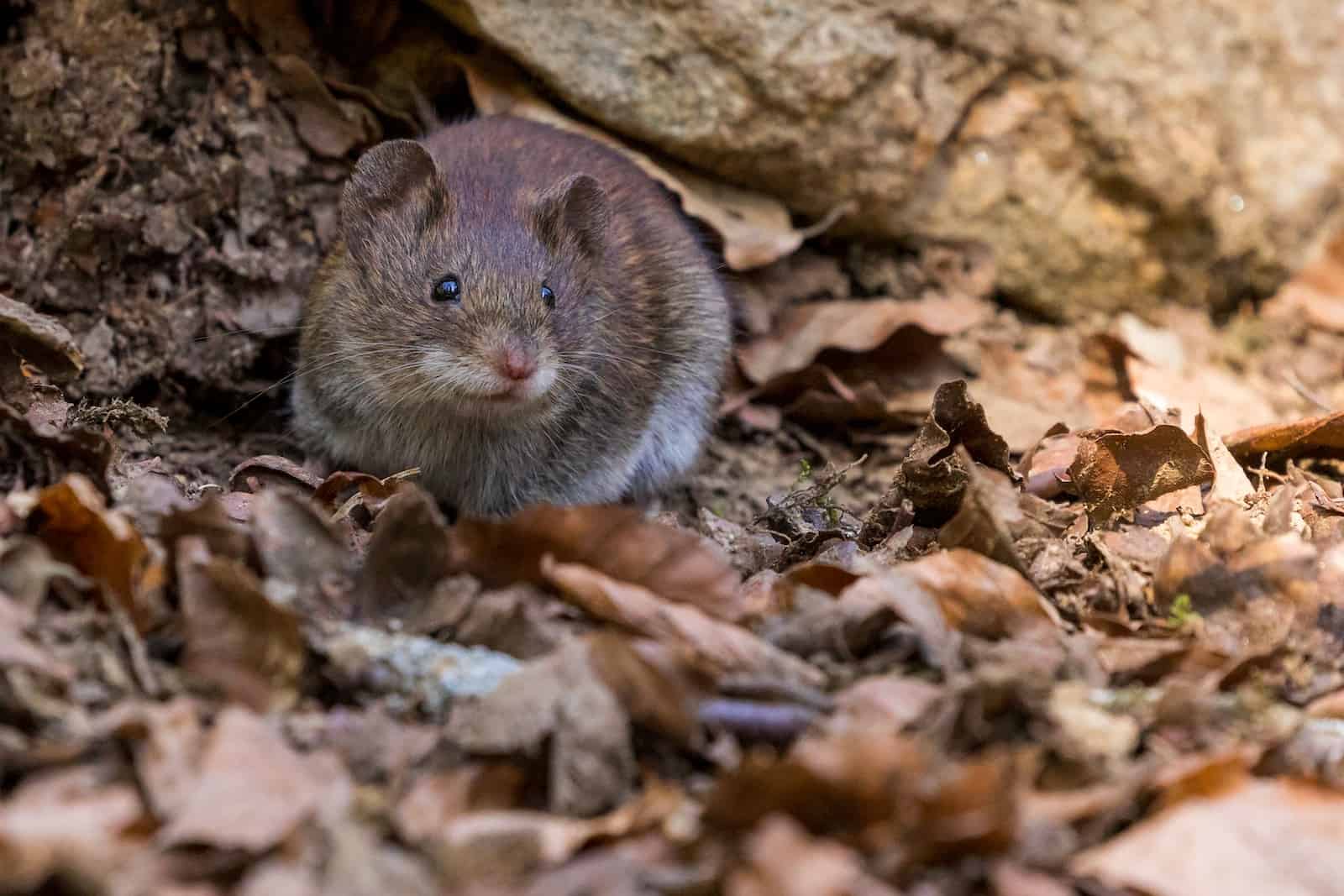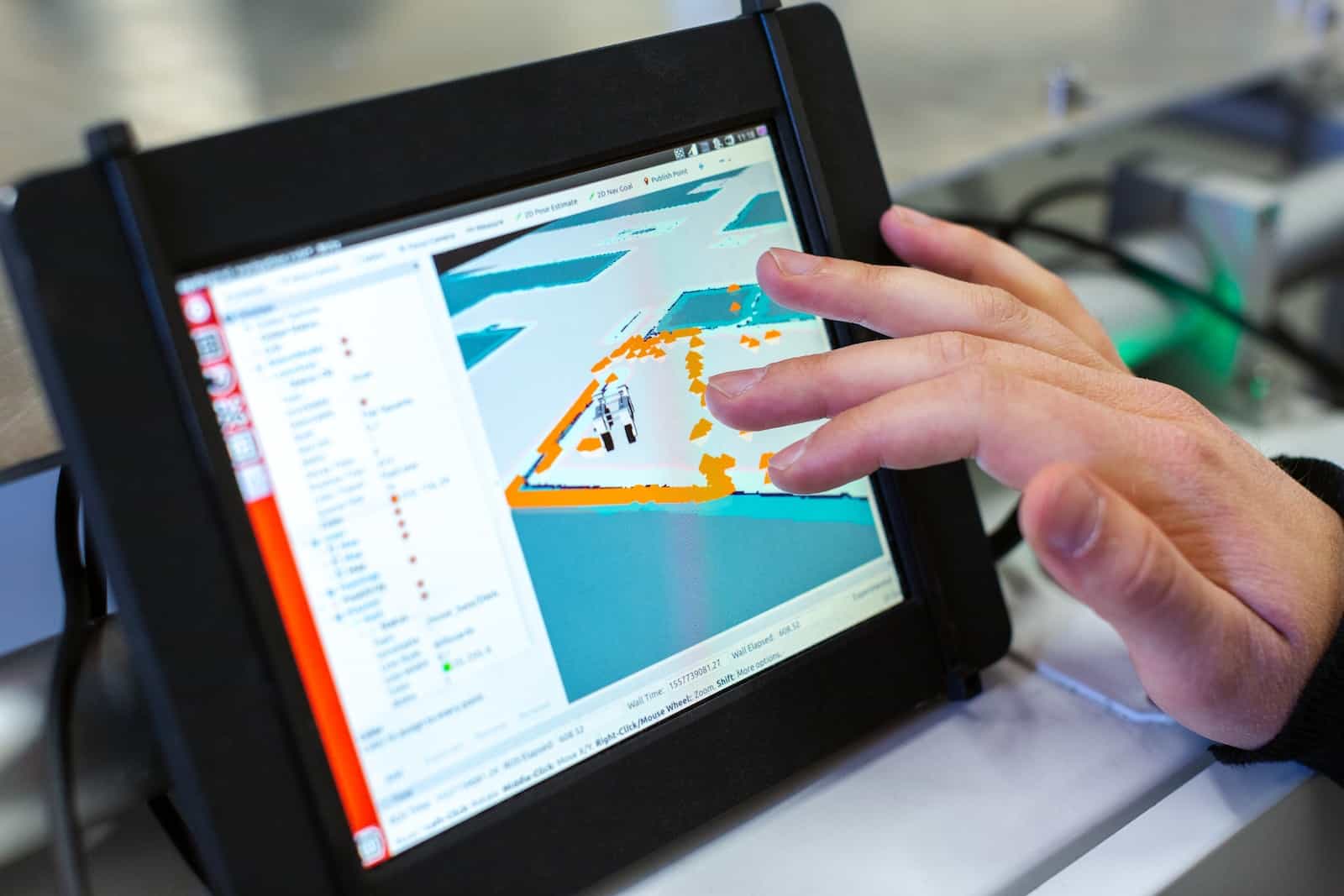
How to Get Rid of Mice in the Wall
If you hear scratching or scurrying sounds coming from the walls, you may have a mouse problem. Mice are small, quick, and agile creatures that can quickly become a nuisance if left unattended. Not only can they cause damage to your property, but they can also carry diseases that can put your health at risk. In this article, we’ll discuss how to get rid of mice in the wall, step-by-step.
Understanding Mice Behavior
Before we dive into the solutions, it’s important to understand the behavior of mice. Mice are nocturnal animals that are attracted to warm and cozy places. They are also very good climbers, making it easy for them to climb up walls and make their way into your home. Mice are also known for their strong sense of smell, which they use to locate food and potential mates.
Signs of Mice in the Wall
The first step in getting rid of mice in the wall is to identify whether or not you have a problem. Here are some signs that you may have mice in the wall:
Scratching and Scurrying Sounds
If you hear scratching or scurrying sounds coming from the wall, it’s a sign that you have mice living in your home.
Droppings
Mice leave small, black, and oval-shaped droppings. You may find them in areas where the mice are active, such as in the wall.
Gnaw Marks
Mice have strong teeth and are known for gnawing on things. You may find gnaw marks on wires, furniture, or other objects in your home.
Nesting Material
Mice will use any available material to build their nests, including paper, fabric, and insulation. If you find nesting material in the wall, it’s a sign that you have mice in your home.
Steps to Get Rid of Mice in the Wall
Once you’ve identified that you have a mouse problem, it’s important to take action to get rid of them. Here are the steps you should follow:
Step 1: Find the Entry Points
The first step in getting rid of mice in the wall is to find the entry points. Mice can enter your home through tiny cracks and gaps, so it’s important to thoroughly inspect your home. Look for any cracks or holes in your walls, floors, and ceilings. Pay close attention to areas where pipes and wires enter your home.
Step 2: Seal the Entry Points
Once you’ve identified the entry points, it’s important to seal them up. Use caulk or foam to fill any gaps or holes you find. This will prevent mice from entering your home in the future.
Step 3: Set Traps
Traps are an effective way to get rid of mice in the wall. Place traps in areas where you’ve seen evidence of mice, such as near their droppings or nesting material. There are several types of traps available, including snap traps, glue traps, and live traps. Choose the type of trap that you’re most comfortable with.
Step 4: Use Bait
Bait is an important part of trapping mice. Use peanut butter or cheese as bait to attract the mice to the trap. You can also use commercial bait that’s designed specifically for mice.
Step 5: Monitor the Traps
Check the traps daily to see if you’ve caught any mice. Dispose of the mice in a sealed bag and place them in the trash.
Step 6: Clean Up
Once you’ve gotten rid of the mice, it’s important to clean up the area. Use a disinfectant to clean any areas where the mice were living, and sanitize any surfaces that may have come into contact with their droppings. This will help to prevent the spread of diseases and other health hazards.
Step 7: Prevent Future Infestations
To prevent future infestations, it’s important to take steps to make your home less attractive to mice. Keep your home clean and free of clutter, and store food in sealed containers. Make sure that all of your trash is in sealed bags, and take it out regularly. Trim trees and bushes away from your home, and seal any cracks or gaps in your walls, floors, and ceilings.
DIY Solutions for Getting Rid of Mice in the Wall
If you’re looking for DIY solutions for getting rid of mice in the wall, here are a few options to consider:
Peppermint Oil
Mice are known to hate the smell of peppermint. Place a few drops of peppermint oil on cotton balls and place them in areas where you’ve seen evidence of mice. This can help to deter them from coming back.
Ultrasonic Repellents
Ultrasonic repellents emit a high-pitched noise that’s designed to drive mice away. While there’s some debate about their effectiveness, they may be worth trying if you’re looking for a non-toxic solution.
Steel Wool
Mice can’t chew through steel wool, making it a great option for sealing up entry points. Stuff steel wool into any gaps or holes you find to prevent mice from entering your home.
When to Call in a Professional
If you’ve tried DIY solutions and you’re still having a problem with mice in the wall, it’s time to call in a professional. A pest control expert can help to identify the source of the problem and come up with a comprehensive solution to get rid of the mice for good.
Conclusion
Mice in the wall can be a frustrating and potentially dangerous problem. However, with the right tools and strategies, you can get rid of them and prevent them from coming back. Use the steps outlined in this guide to get rid of mice in the wall, and don’t hesitate to call in a professional if you need extra help.
FAQs
- How do I know if I have mice in the wall?
- Listen for scratching or scurrying sounds, look for droppings, gnaw marks, and nesting material.
- What’s the best way to trap mice in the wall?
- Use snap traps, glue traps, or live traps, and bait them with peanut butter or cheese.
- Can I use poison to get rid of mice in the wall?
- Poison can be dangerous and is not recommended, as it can harm other animals and pets.
- How can I prevent mice from entering my home in the first place?
- Seal up any cracks or gaps in your walls, floors, and ceilings, keep your home clean and free of clutter, and store food in sealed containers.
- When should I call in a professional?
- If DIY solutions aren’t working, or if you’re dealing with a large infestation, it’s time to call in a professional pest control expert.



